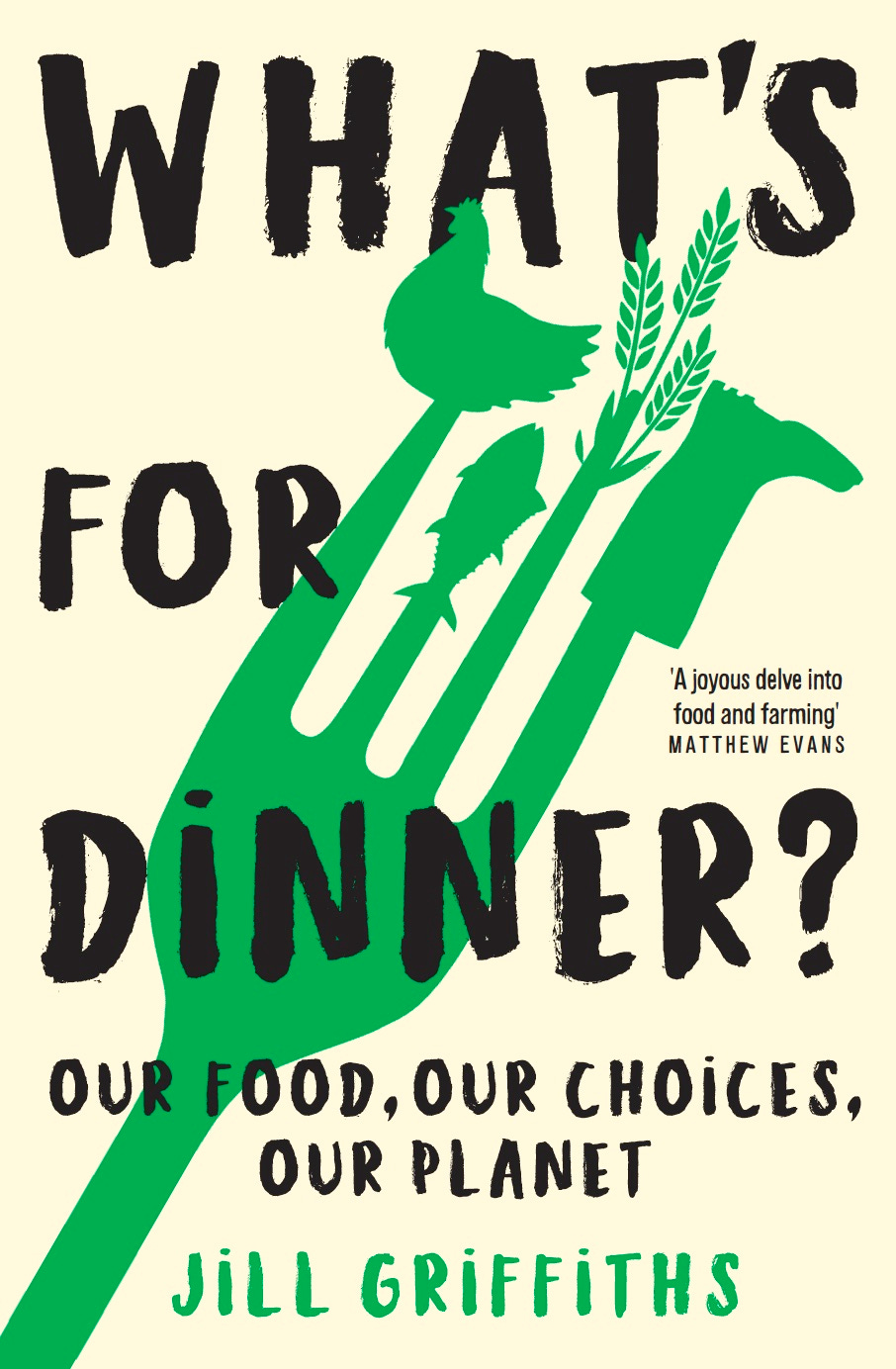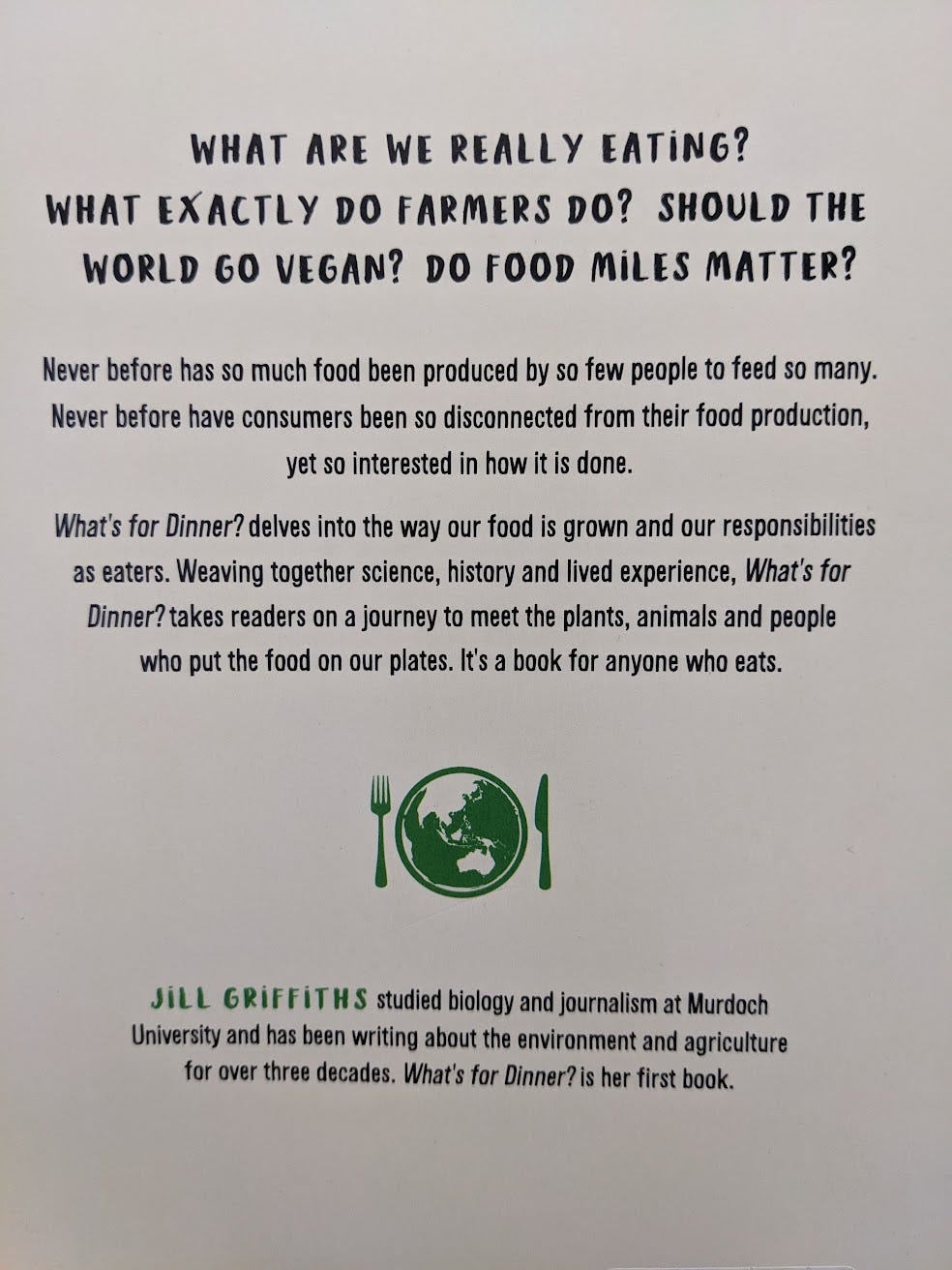‘What would you like for dinner?’ I hear myself asking my kids as I stack breakfast dishes and wipe the kitchen bench. My mother used to ask the same question and it always frustrated me that she expected me to think of dinner first thing in the morning. Now I understand she was planning the day ahead, and that meant she was also thinking about food because meals don’t turn up on tables without forethought and work.
As a child I never thought much about what I was eating. I got on with the business of being a child and, for the most part (forgetting the usual whinging and fussiness), ate what was dished up.
As an adult, I began to question what I was eating almost as soon as it was my responsibility to fill the fridge and pantry.
I like knowing where my food comes from; I am forever seeking that elusive connection to place and food is a tangible aspect of that. Like most people, I am conscious of price when I shop for food, even if I feel guilty about it because I know how hard it can be for growers to make a profit. Working in science communication with agricultural researchers gave me an insight into just how much farmers are squeezed by profit margins and gripped by the vagaries of nature. My job afforded me the privilege of meeting and talking to many farmers finding innovative ways to remain sustainable and profitable. It’s work that is invisible from the supermarket aisles, tempting though it is to think that’s where food comes from. It’s not, of course.
I’ve always had a soft spot for farmers. My maternal grandparents were dairy and beef farmers and I spent my childhood among wheat and sheep farmers. To this day, I believe my love of winter rain was kindled as a child when watching the sheer joy of the local farmers when good rain fell. Their success or otherwise is held so much in the grip of the weather but urbanites are largely immune from knowing or feeling it. Drought in the wheatbelt sends farmers bankrupt but doesn’t affect the price of a loaf of bread in the city. How can that be? Occasionally a cyclone in Queensland will briefly push up the price of bananas in the southern cities, but mostly city dwellers are protected from the difficulties of food production. There is a disconnect between the economics of agriculture and the economics of food consumption. Even as public discussions about food and environment become more common, I keep thinking something is lacking, some underlying bedrock of truth and connection. It seems we as a society are less aware that the food we eat comes from the earth, regardless of what we eat. As American farmer and poet Wendell Berry put it, ‘Eating is an agricultural act.’ [Wendell Berry, What are People for?, Penguin Books, 2010.] But we deny that reality every time we demand unseasonal produce or reach for conveniently pre-prepared food with a long list of industrial ingredients.
In a bid to better understand, I started deeply questioning the food I choose to put on the table and how I make those decisions. I questioned the food system that makes that food available. I questioned the diet and health books that push us towards this or that fad. I questioned the call to eat less meat and the rise of veganism and what it means for farming and the environment, even as I continued to wrangle with my own meat eating. I questioned what it means to have food traded internationally as a commodity, and what ‘food miles’ really mean. I questioned the use of synthetic chemicals in growing food and whether we would be better off without them. I wondered what impact the push for paddock-to-plate traceability has on farmers.
In the midst of seeking answers, I stumbled across a startling fact: 75 per cent of the world’s food comes from just twelve plant species and five animal species. I learned the list by heart: the plants – wheat, sugar, maize, rice, potatoes, soybeans, cassava, tomatoes, bananas, onions, apples, grapes; and the animals – cattle, chickens, pigs, goats and sheep. [United Nations Food and Agriculture Organization, faostat.fao.org]The lack of diversity in this list alarms the biologist in me, while the consumer in me, faced with the plethora of foodstuffs cramming the supermarket shelves, cannot quite comprehend it. Is it really true? Does that abundance come from such a narrow range? What are these things and where do they come from? What about the other 25 per cent of our food? What about the people who produce our food? Who is really feeding us? The answers raise yet more questions. So I go looking for deeper, more satisfying answers to the question of what’s for dinner.
Thanks for reading,
Jill
This post is an edited extract of my book What’s for Dinner?, which was published by Thames and Hudson Australia last week. If you want to keep reading, it is available in bookstores across Australia and online, including from Booktopia and directly from Thames and Hudson.




